Sometimes it pays to think outside the box. Literally. Because, as we all know, it’s common practice to cram power supplies and amplifiers into speakers when making an active version. If you do it from scratch, i.e. sit down with a drawing board and design an active speaker from scratch, it can work perfectly well.
But if you want to make a passive speaker active, it requires a number of modifications that are not necessarily beneficial to the sound quality. Because the speaker is basically built as a passive speaker, let’s say for the sake of argument that we are talking about a two-way speaker, the speaker’s sound characteristics will have to be compromised.
With an amplifier module for each element and a power supply for the whole thing, you steal from the internal volume of the speaker, which means you have to make modifications to compensate for the lost volume.
In a large floor-standing speaker, the problem is less significant because there is normally plenty of space for amplifier modules.
There isn’t a lot of space in a Dynaudio Confidence 20, even though it’s a relatively large compact two-way speaker. So when Dynaudio’s engineers set out to create an active version, they could have followed the same recipe as everyone else, but because they know as well as we do that internal modules have their clear limitations, they chose to think outside the box.
The Confidence 20A is basically identical to the passive version. The speaker has the same phenomenal Esotar3 tweeter at the top and Dynaudio’s 18 cm NeoTec midrange/bass element. All in a 52 cm high cabinet with a bass reflex port on the underside and the elements mounted on a resonance-free front baffle in front of the cabinet itself.

Pascal class D modules
The active version has no electronics inside. Not even a crossover. Instead, Dynaudio has placed all the electronics in the speaker stands. There are two amplifier modules in each stand, which are bolted to the speaker cabinet and cannot be removed.
The clever solution of placing the amplifiers in the stands has enabled Dynaudio to preserve the undisputed qualities of the Confidence 20, with the convenience of tailor-made amplifiers for the speaker.
Not only has this made the speaker active, it has also given it deeper bass response, among other things. At 33 Hz there is a drop of 3 dB, and at 30 Hz -6 dB. By comparison, a passive Confidence 20 manages 42 Hz at -3 dB.
The amplifier modules in the stands come from Danish Pascal and are built around a Class D module with 400 W power for the midrange/bass and 150 W power for the Esotar3 tweeter.
This is probably far more power than most owners of a pair of passive Confidence 20s have at their disposal.
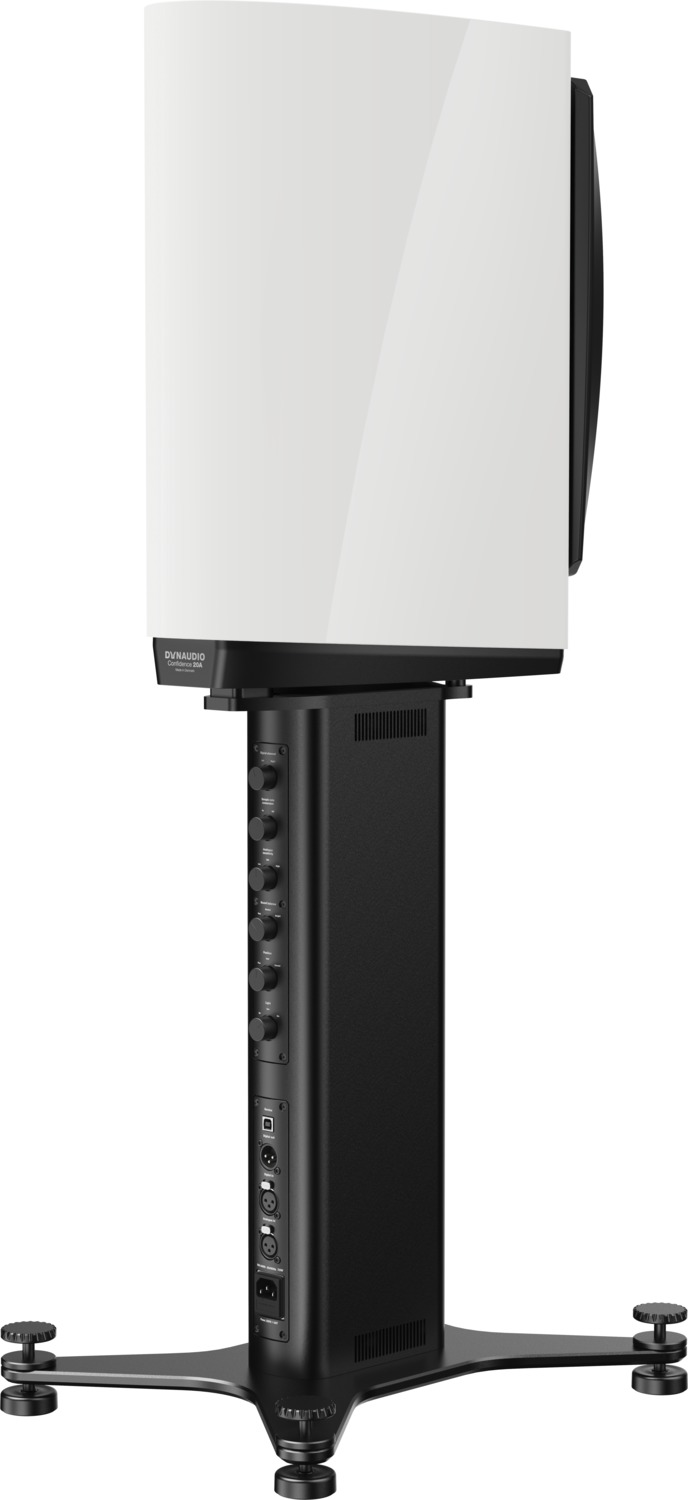
Balanced only
In addition to the amplifier modules located inside the column, there are also connectors for the audio signal on the rear panel.
Here there is a set of analog inputs and a set of digital inputs. Both use balanced XLR connectors, and if you run a digital signal directly into one speaker, you link the other with a digital 110 Ohm AES3 balanced cable.
Digital audio sources or DACs with volume control from 110 Ohm outputs are not common in the hi-fi world, so for most people, the analog outputs are the way to go.
These are connected from an analog output with volume control, from a preamplifier, DAC, or streamer, with one XLR cable to each speaker.
It is important to remember that there is no volume control or gain adjustment on the speakers.
Signal processing is done at 24-bit and 192 kHz, and the user can adjust the analog input sensitivity in three steps, the overall balance, and select the sample rate filter with controls on the back of the stand.
The LED light can be turned off, and there is a switch for DSP-based adaptation to the speaker placement: Free-standing, wall and corner, where the limit for wall and corner placement is estimated at 50 cm.
Familiar technology
The drivers in the Confidence 20A are familiar to us. The Esotar 3 tweeter is the same as the one we know from the Confidence series and the Contour Black Edition. It has a 28 mm silk dome with a Hexis diffuser on the rear, which dampens resonances and straightens out the frequency response in the treble.
The woofer is an 18W55, with the cast MSP cone that Dynaudio has used for many years. The unit uses a neodymium magnet, which takes up less space than a ferrite magnet and provides better airflow.
Speaking of airflow, Dynaudio has also changed the bass reflex port, with a new bass reflex tube with a larger diameter and curved openings that are adapted to the active Confidence 20A (Exponentially Shaped Dual Flared Port). Together with EQ trimming, this has contributed to a smoother and deeper bass response.
The speakers’ DSP-based crossover divides the frequencies at 2500 Hz between the elements and uses a minimum-phase IIR (Infinite Impulse Response) filter, which behaves like an analog filter. Only with better control and precision – and with seamless time alignment.
The DSP processor also features something Dynaudio calls a “Look Ahead Processor”. This protects the speakers from overload.
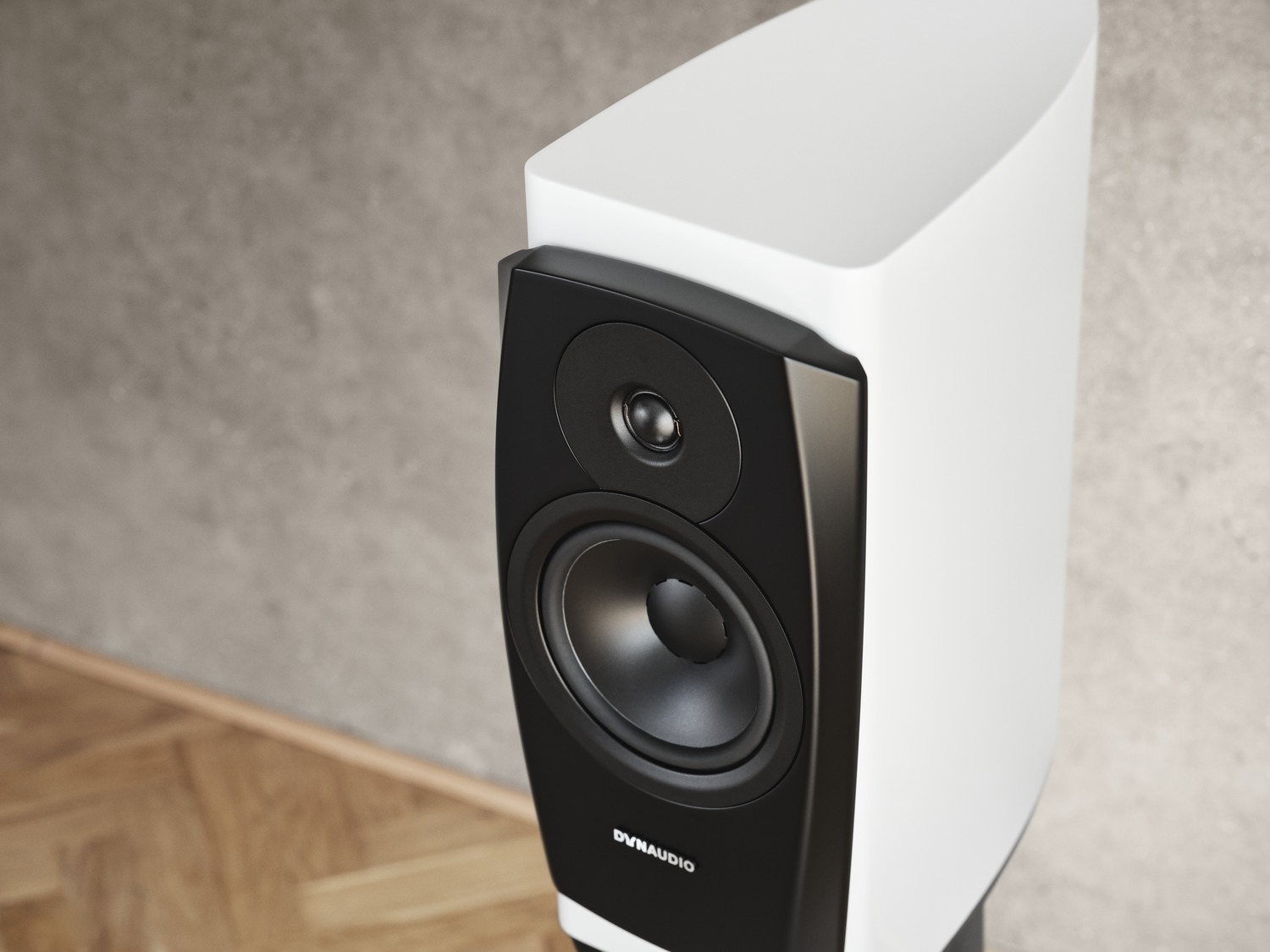
Listening
We are probably not the only ones who think that many active speakers lack that extra kick. That little something extra that makes speakers sound equally convincing no matter how loud you play them. Most active speakers give up when they approach the limit of how much power the amplifier modules can deliver, but that’s certainly not the case with the Confidence 20A.
They offer unparalleled dynamic contrast, deliver massive sound pressure, and play bass with an authority that almost no speakers of this size can match. The tailor-made amplifier and DSP solution works beyond all expectations. The Confidence 20A can not only play louder than active speakers normally can, they do so with rock-solid control from the deep bass to the treble.
It is simply astonishing how tightly the speakers control the music. Regardless of the source. We streamed from Tidal over Ethernet and used Rotel’s outstanding CD player: the Michi Q5. A massive player in the heavyweight class, which we connected analog to a Hegel H30 and digitally to TEAC’s sparkling good streaming DAC: the UD-701.
With that as a starting point, the stage was set for a show of rare quality. The active Dynaudio speakers shocked us from the very first beat. Kari Bremnes’ interpretation of Leonard Cohen filled the test room with rock-hard bass, completely crystal-clear midrange and exquisitely resolved treble. When I turned up the volume, I expected the amplifier to lose some of its bass punch, but it’s clear that there’s plenty of power to spare.
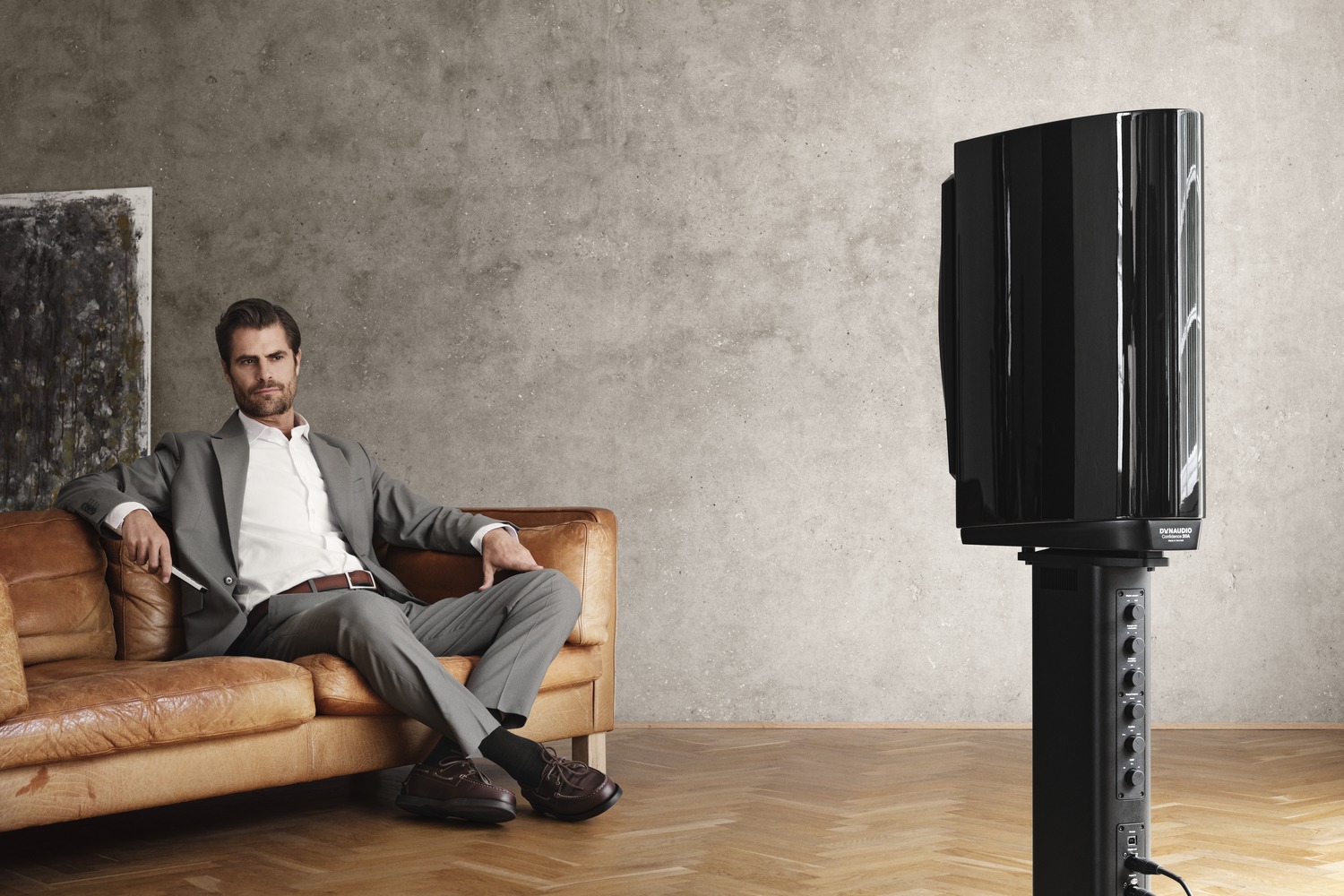
The Pascal modules in the stands controlled the show with tight direction, and there was no hint of distortion or break-up. It simply seems that the Dynaudio elements can take a lot more punishment than I thought.
Keith Jarrett’s magical solo concert from Cologne in 1975 sounded almost shockingly realistic. It is rare that I hear so much of the acoustics of the room in which the music was recorded. Here, nuances emerged that reminded me of the test of the Quad ESL-2912, or the Dynaudio Confidence 60 and 50.
This almost total openness allowed Kim André Arnesen’s deeply moving Tuvayhun – with the Nidaros Cathedral Girls’ Choir and Trondheim Soloists, conducted by Anita Brevik on 2L – to fill the room with a sound image so enveloping that it was reminiscent of Dolby Atmos.
The clarity of the choir’s reproduction was striking, and the recording is so open that the soundstage has enormous depth. The speakers convey the music so purely and clearly that you cannot help but be moved.
Hedvig Mollestad’s “See See Bop” from her energetic album Bees In The Bonnet is also very moving. Look it up and try it on your own system. It’s a rush of rhythms and guitars that can challenge any speaker, and few speakers can handle playing See See Bop particularly loud. The Confidence 20A takes up the challenge with ease, and you can feel the bass massaging your diaphragm while the guitars envelop the rest of your body with palpable energy. There is no hint of harshness, sharpness or muddiness here.
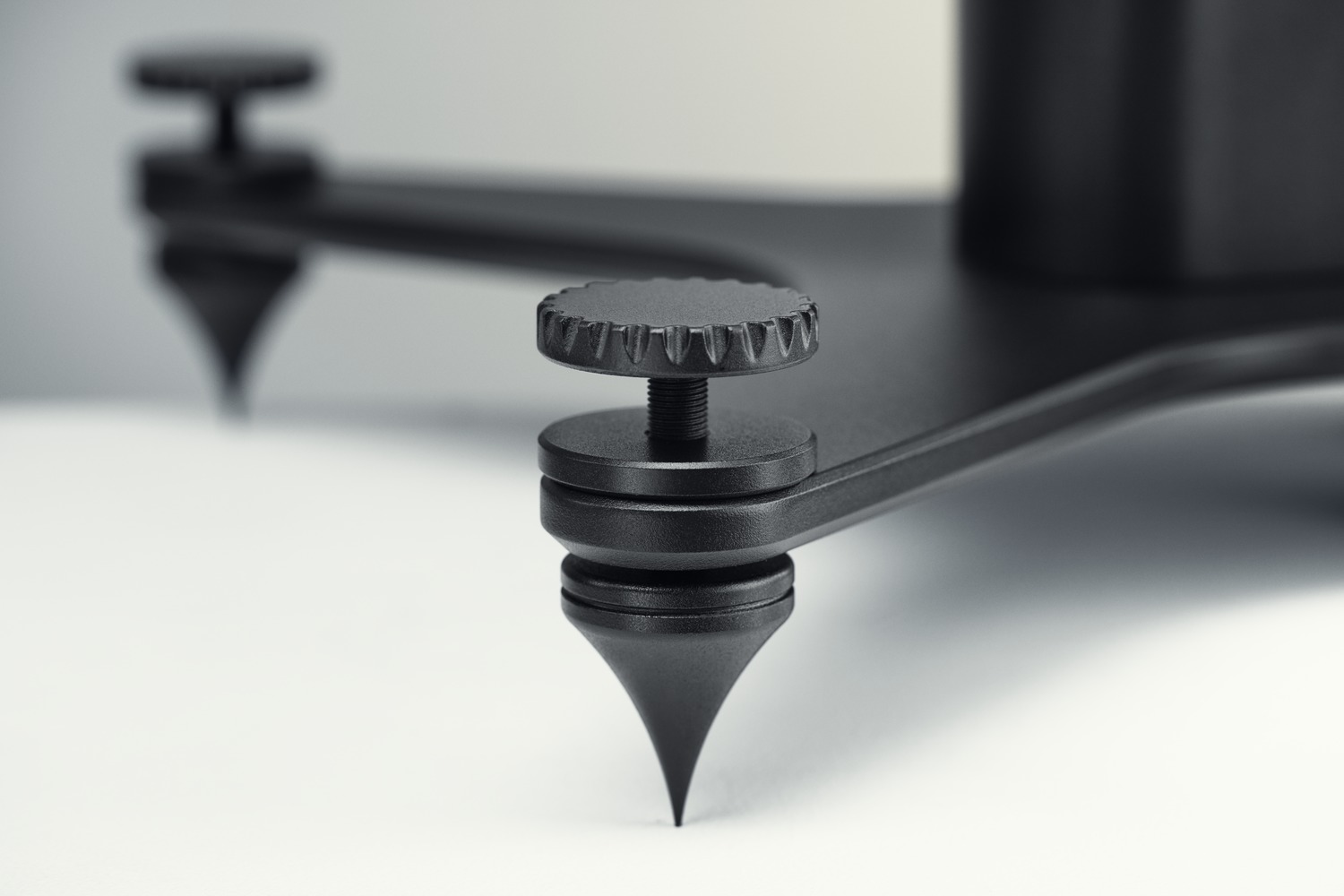
Another recording that comes into its own on the active speakers is Arne Domnérus’ Jeep’s Blues from the album Jazz At The Pawnshop. Here, the microphone has picked up the acoustics at Stampen in Stockholm, so that you imagine you are actually there while the music is playing. Glass clinks, strings vibrate, and you can hear cautious instructions being given in the background. The openness and resolution are strikingly high, demonstrating how unusually well-balanced and transparent the active speakers actually are.
It is not easy to find interesting alternatives to the Confidence 20A. There are simply too few active speakers in this class. There is a big jump in price from active speakers such as the LEF LS60 and Dynaudio Focus 50, so the Confidence 20A is actually in a class of its own.
Conclusion
Dynaudio is on a real streak. After the fantastic Contour Legacy and Contour 20 Black Edition, these are next. The Confidence 20A is a unique speaker that is unrivalled and can give the listener some magical experiences that I didn’t think were possible in this class. Who would think of active speakers in this price range? Most people would probably prefer a pair of passive Confidence 20s and connect them to a serious amplifier. I’m not entirely sure it would be any better than this, because the active Confidence 20A does something to the music that I’m still scratching my head over. They cost a bit, it’s true, but if you want high-end sound without furnishing your living room with floor-to-ceiling stereo equipment, the Confidence 20A is well worth the money.

We think
Total dynamic control. Superbly balanced soundstage with an unusual degree of transparency and focus. Plays really loud and crystal clear at the same time. Goes deeper in the bass than you think. You need a serious preamplifier and signal source. The digital XLR connections are of limited value.
20000 €
Specifications
- Type: 2-way compact loudspeaker with bass reflex
- Woofer: 18 cm NeoTec MSP 18W55 Black Edition
- Tweeter: 28 mm Esotar 3 m. Hexis
- Power: 400 + 150 W
- Frequency range: 33 Hz-25 kHz ±3 dB (30 Hz-28 kHz -6 dB)
- Crossover frequency: 2500 Hz DSP
- Maximum sound pressure: 103 dB
- Connections: XLR analog, XLR 110 ohms AES3 digital
- Dimensions/weight (cm/kg): 111.9 x 36.8 x 45.7/28.5
- Colors: Black or white lacquer
- Web: dynaudio.com
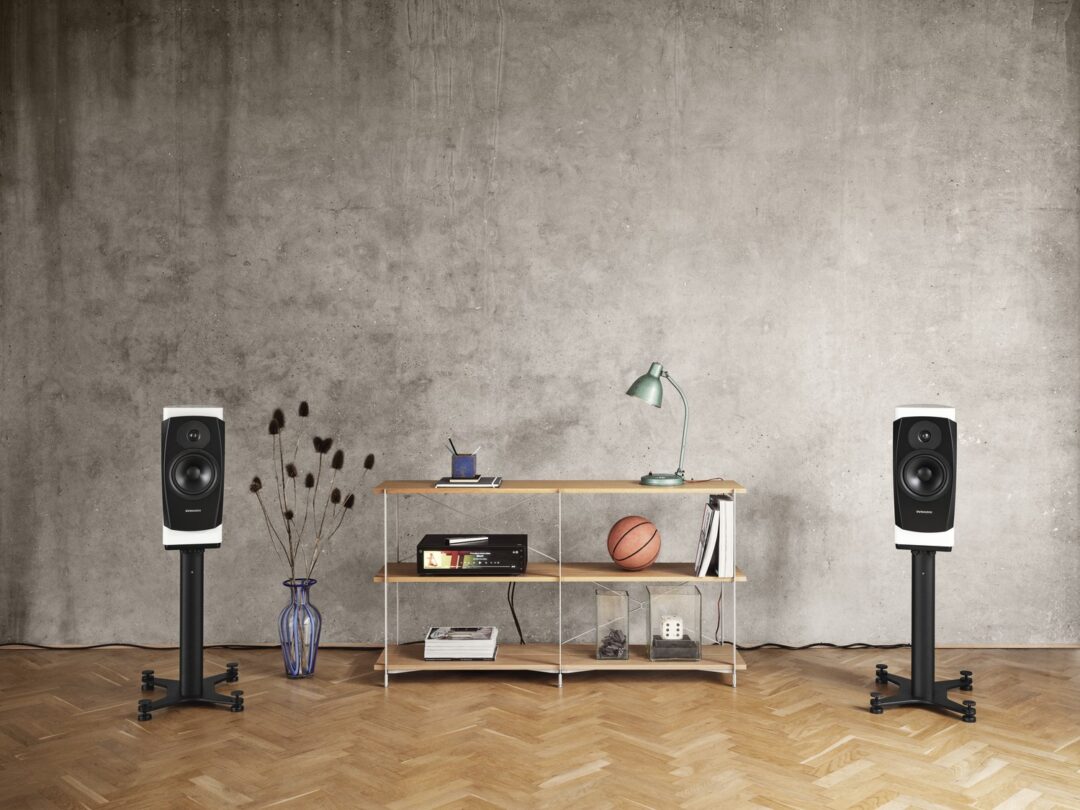

I’m interested in: is the analog input signal CONVERTED to digital???